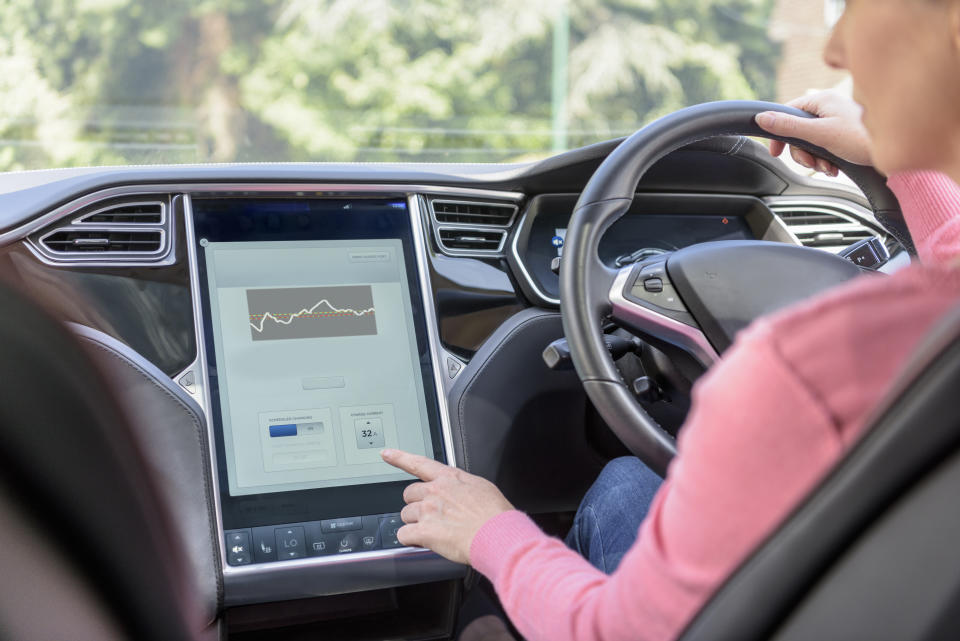AI Aligns Policy Pricing with Mobility Trends

In an era where mobility trends are rapidly evolving, insurance companies are leveraging artificial intelligence (AI) to align policy pricing more closely with real-world dynamics. As urbanization, climate change, and technological advancements reshape how we move, AI presents an opportunity to redefine insurance models, ensuring they remain relevant and competitive in a transformative landscape.
The integration of AI in insurance is not merely a technological upgrade but a strategic necessity. Traditional pricing models, which relied heavily on historical data, are increasingly inadequate in capturing the nuances of modern mobility. Today, AI algorithms analyze vast datasets in real-time, offering insights that enable insurers to adjust policy pricing dynamically. This shift not only enhances pricing accuracy but also fosters customer trust and satisfaction.
One of the key factors driving the adoption of AI in policy pricing is the rise of connected vehicles. According to Statista, by 2025, it is estimated that over 400 million connected cars will be on the road globally. These vehicles generate a continuous stream of data, providing insurers with a wealth of information about driving behavior, vehicle usage, and environmental conditions. AI systems process this data to evaluate risk more precisely, offering personalized premiums that reflect individual driving patterns.
Moreover, AI’s ability to predict future trends is invaluable in an industry where risk assessment is paramount. By analyzing current mobility trends, such as the increasing popularity of electric vehicles and shared mobility services, AI can anticipate shifts that may affect risk profiles. For instance, electric vehicles, with their unique risk factors, require different considerations compared to traditional combustion-engine cars. AI enables insurers to adjust their models and pricing strategies accordingly, ensuring they are aligned with market realities.
The global context further underscores the importance of AI in this domain. In Europe, regulatory frameworks such as the General Data Protection Regulation (GDPR) influence how data is collected and used. Insurers must navigate these complexities while leveraging AI to deliver competitive and compliant offerings. Similarly, in regions like Asia-Pacific, where urban mobility innovations are accelerating, insurers are harnessing AI to stay ahead of the curve and cater to a tech-savvy consumer base.
However, the integration of AI in policy pricing is not without challenges. Data privacy concerns, algorithmic transparency, and the need for robust cybersecurity measures are critical considerations. Insurers must ensure that AI systems are transparent and free from bias, fostering consumer confidence in their use.
Despite these challenges, the benefits of AI in aligning policy pricing with mobility trends are undeniable. By embracing AI, insurers can offer more competitive rates, tailor products to individual needs, and respond swiftly to market changes. As the mobility landscape continues to evolve, AI stands as a pivotal tool, enabling insurers to navigate the complexities of modern transportation with precision and agility.
In conclusion, AI is revolutionizing the insurance industry by enabling a more nuanced approach to policy pricing. As mobility trends continue to shift, insurers that leverage AI effectively will be better positioned to meet the demands of an ever-changing market, ultimately delivering value to both their customers and stakeholders.













